15 Nostalgic Treasures Boomers Desperately Miss
There’s something refreshing about looking back at things that shaped everyday life decades ago. Many of these items were experiences that created memories and small joys. Older generations often light up when recalling them, and for good reason.
Here are 15 beloved things that still spark a smile today.
Vinyl Records
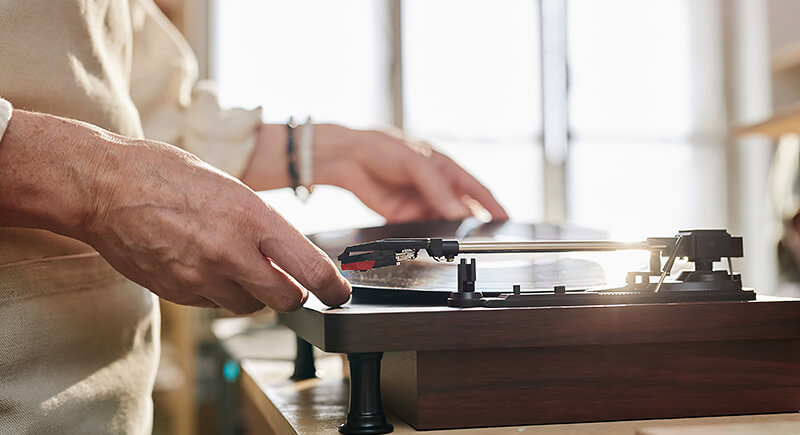
Credit: iStockphoto
Long before playlists, music lived on large discs spun under a needle. Vinyl records offered rich sound quality that digital files rarely match. Many remember carefully sliding an album from its sleeve, admiring the artwork, and hearing that warm crackle as the song began. According to the Recording Industry Association of America, vinyl sales in the United States actually topped CDs in 2020.
Soda Fountains

Credit: Wikimedia Commons
If you walked into a corner drugstore in the 1950s, you might have seen kids perched on stools sipping creamy root beer floats. Soda fountains doubled as social hubs. Teenagers met there after school while families enjoyed sundaes together. Many shops mixed their own syrups.
Polaroid Cameras
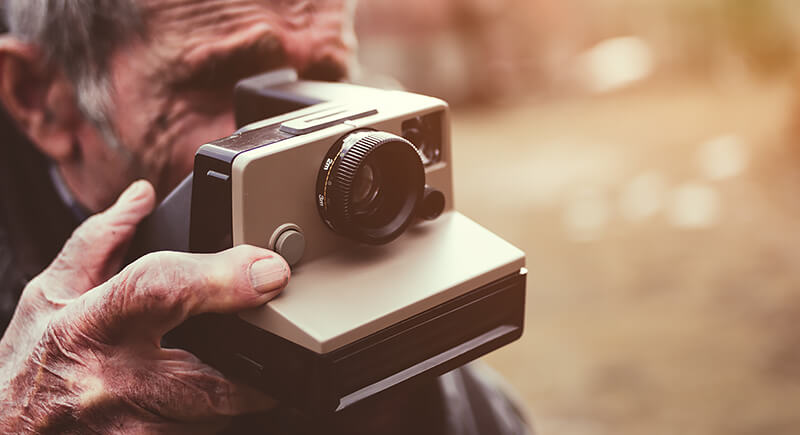
Credit: iStockphoto
Instant cameras were exciting because you could hold a photo in your hand seconds after clicking the shutter. The first popular model was launched in 1948, and it became a staple at parties and family events. Watching an image slowly appear felt almost magical.
Sunday Family Dinners

Credit: iStockphoto
Sunday dinners once served as a comforting weekly tradition. These meals gave families time to catch up, tell stories, and enjoy each other’s company without rushing. Studies show that regular family meals can strengthen relationships and improve communication. This is probably why many older adults miss that dependable routine.
Typewriters
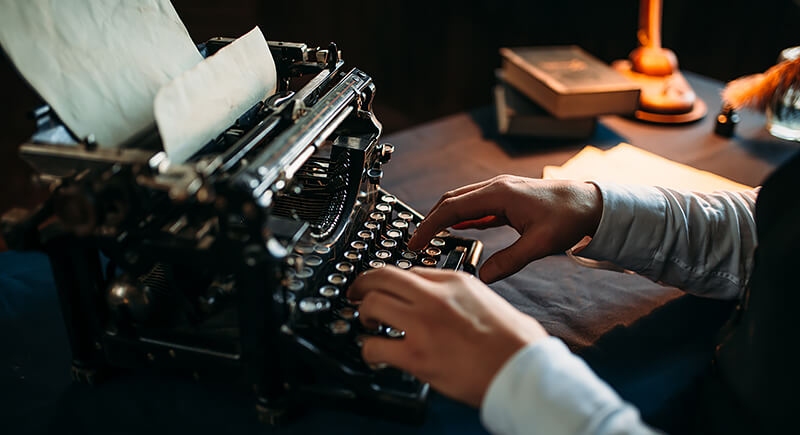
Credit: iStockphoto
Before laptops, typewriters turned thoughts into words with a satisfying clack. Each keystroke pressed ink onto paper and left no room for endless backspacing. Offices depended on them, and students carried them to college dorms. The first commercially successful typewriter appeared in 1873.
Drive-In Theaters
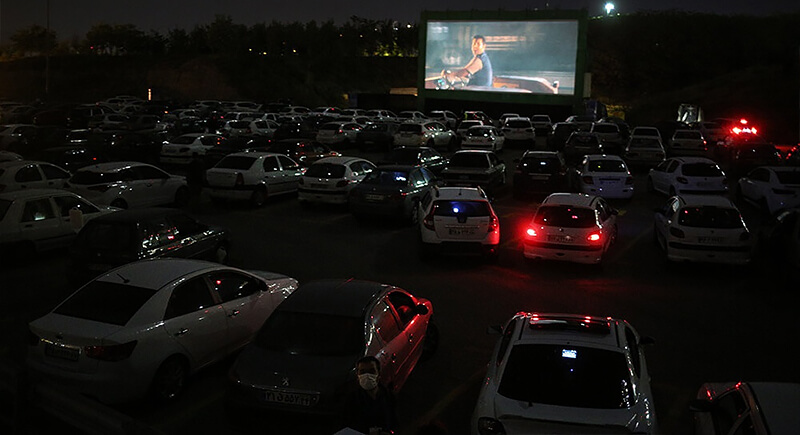
Credit: Wikimedia Commons
On warm evenings, cars lined up in front of giant outdoor screens where movies lit up the night sky. Drive-ins first appeared in 1933, and at their peak in the 1950s, more than 4,000 operated in the United States. Families brought snacks, couples shared blankets, and kids often played on the playgrounds below the screen.
Penny Candy Stores
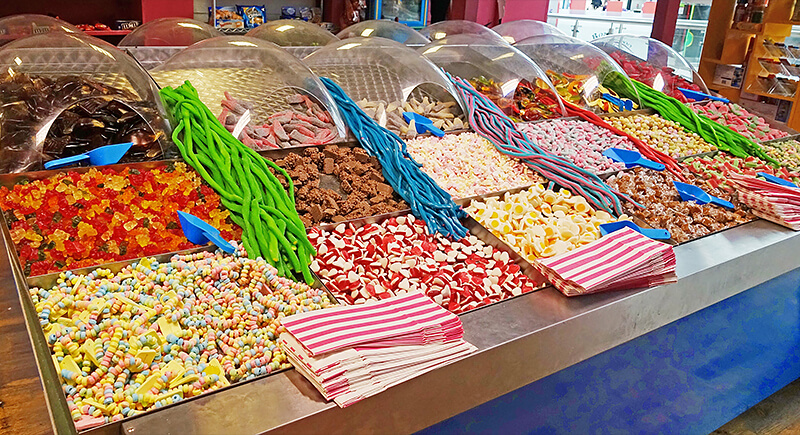
Credit: Wikimedia Commons
Back when a nickel went a long way, kids lined up at the local candy store with pockets full of change and big dreams. Shelves overflowed with colorful treats: licorice ropes, gumdrops, caramels, all sold one piece at a time. The fun was in the picking, not just the eating.
Rotary Phones
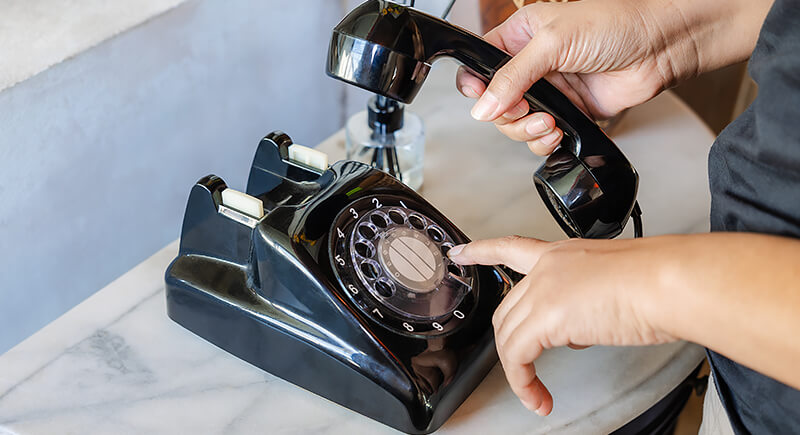
Credit: iStockphoto
Communication meant turning a circular dial and hearing the clicks as it spun back. Rotary phones were standard in homes for decades, with models built to last through years of use. Long-distance calls were costly, so people often kept conversations brief. The heavy receivers and coiled cords became part of daily life.
Milk Delivered To Your Door
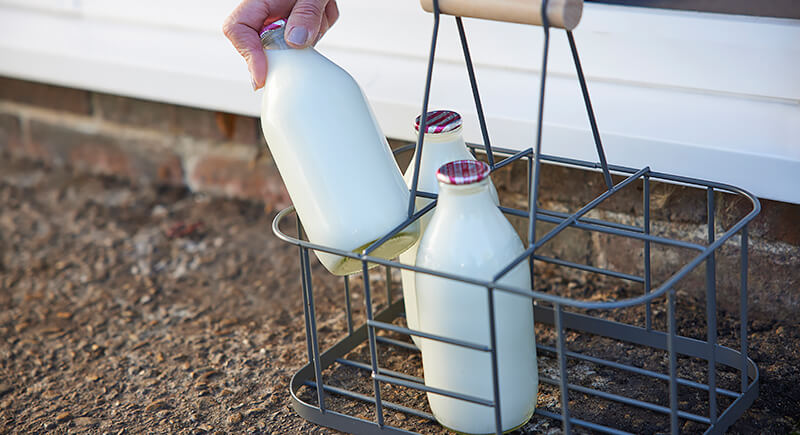
Credit: iStockphoto
Every morning, glass bottles of fresh milk waited on doorsteps across neighborhoods. This service, common through the mid‑20th century, meant families didn’t need to rush to stores. Bottles were washed, reused, and refilled. Milkmen often knew every family by name and sometimes even left butter or eggs on request.
Sewing Circles
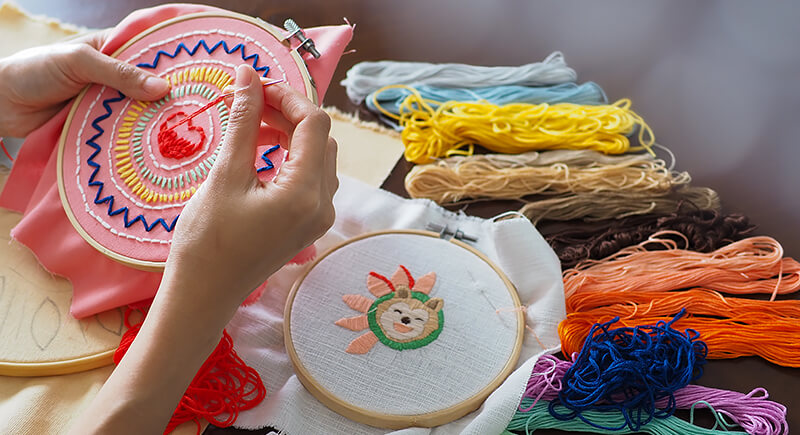
Credit: iStockphoto
Sewing circles used to be practical and social. Neighbors met to mend clothes, patch quilts, and share advice. During the Great Depression and wartime, they helped families save money by making garments at home. These gatherings also created strong local bonds, with conversation flowing alongside stitches.
Black-And-White TV Shows
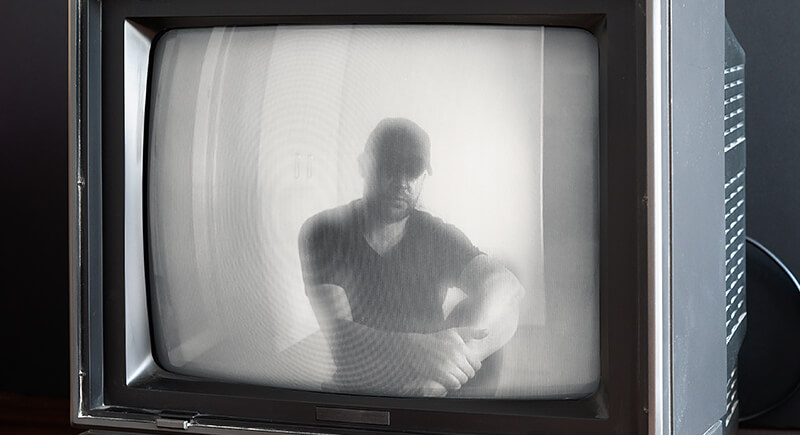
Credit: iStockphoto
Entertainment in the early days of television meant gathering to watch shows like The Twilight Zone or I Love Lucy. Despite the lack of color, these programs held millions of viewers with sharp writing and strong characters. Older audiences often recall adjusting rabbit‑ear antennas to improve reception.
Handwritten Letters
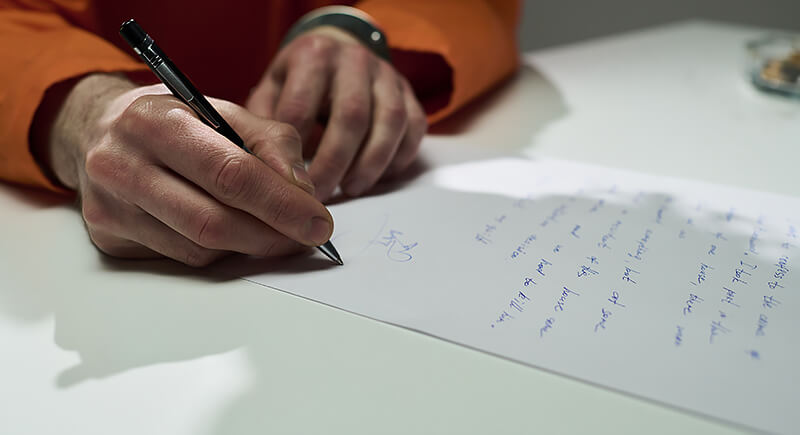
Credit: iStockphoto
Waiting for a letter once brought real anticipation. Personal messages traveled through the postal service, and they often carried news, jokes, or keepsakes. According to the Smithsonian National Postal Museum, Americans sent billions of letters annually before email changed habits. Seeing familiar handwriting on an envelope felt intimate and thoughtful.
Radio Dramas
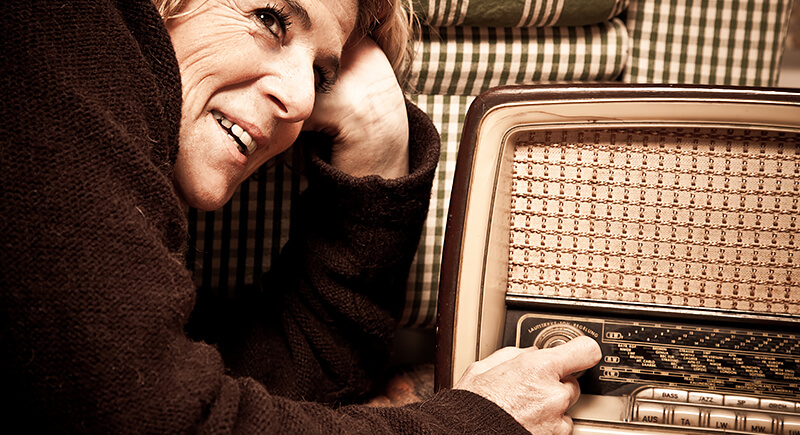
Credit: iStockphoto
Before television, entire households tuned in to hear thrilling adventures unfold purely through sound. Radio dramas featured talented voice actors, music cues, and live sound effects that transported listeners. In the 1930s and 1940s, shows like The Shadow drew millions every week.
Walkman Players
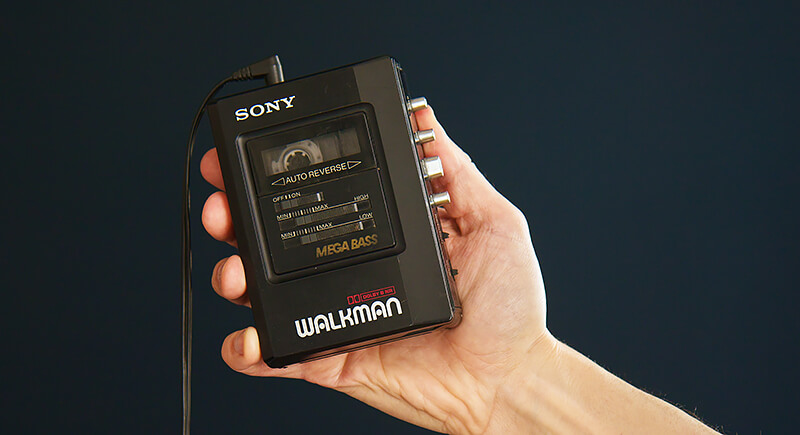
Credit: iStockphoto
When the Sony Walkman hit the scene in 1979, it changed music forever. For the first time, people could take their favorite cassette tapes on the go and listen through lightweight headphones. It was compact, simple, and personal.
Playing Outside Until Dark
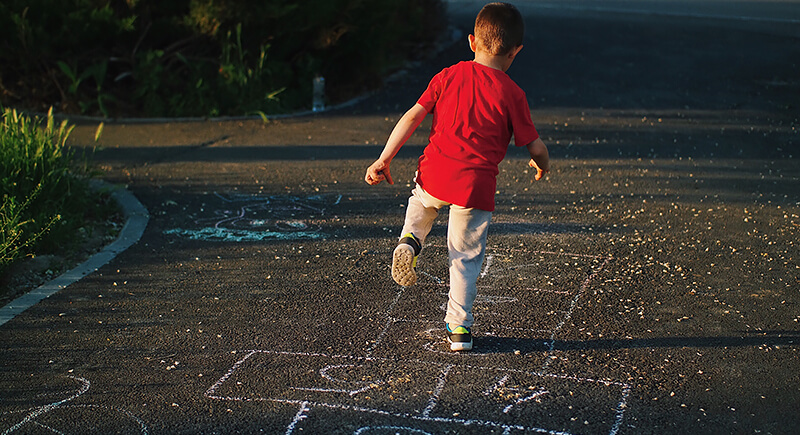
Credit: iStockphoto
Kids once played outside for hours, only heading home when the streetlights turned on. Games like stickball, hopscotch, and tag filled sidewalks and yards. There were no phones or gadgets to distract them just yet.